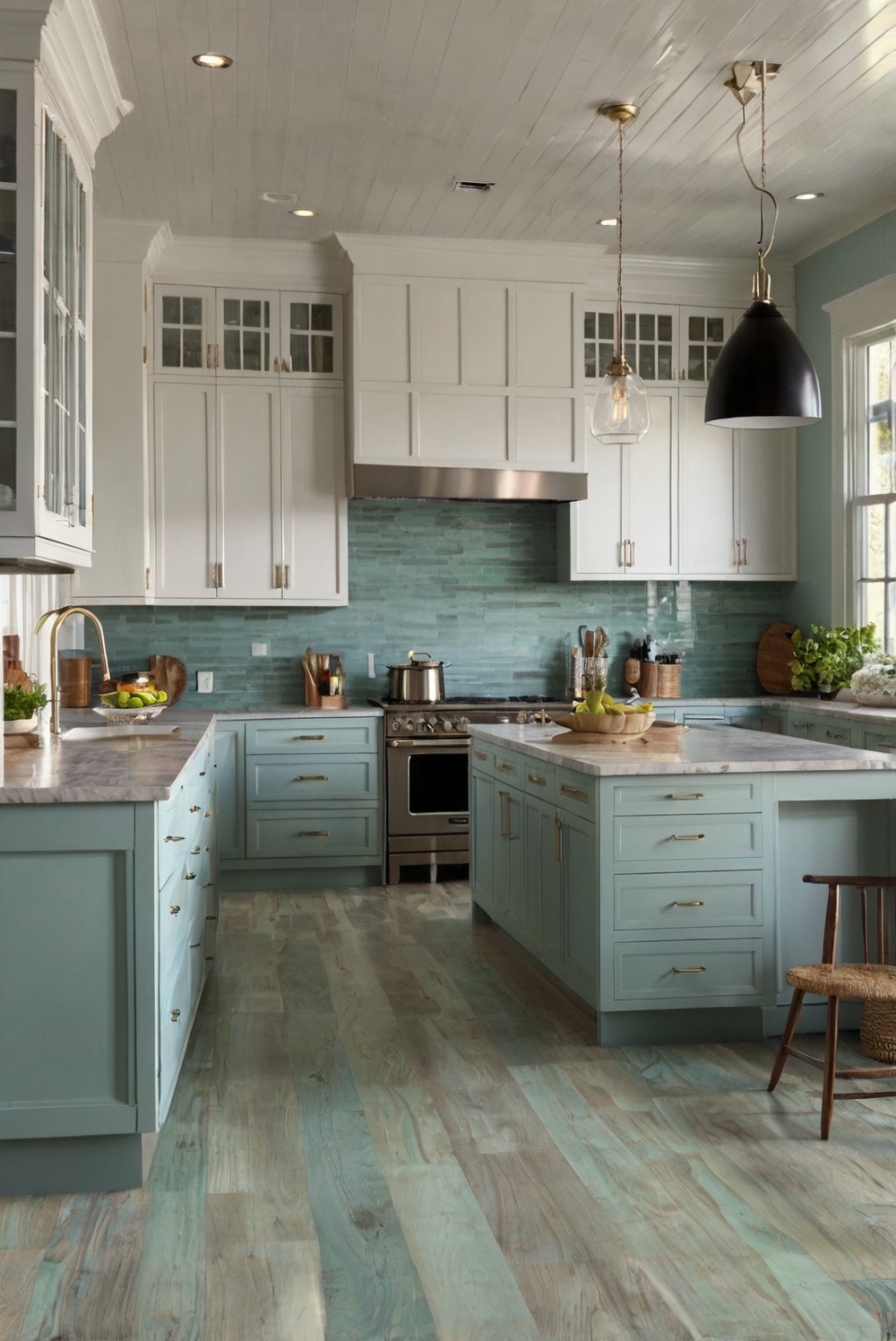In this daily routine, we explore strategies for creating flawless transitions between various flooring materials. Discover how to achieve a cohesive and visually appealing space through smart design choices.
How can I create seamless transitions between different flooring materials?
Consider using transition strips, such as T-molding or reducer strips, to seamlessly connect different flooring materials in your home. These strips not only enhance the aesthetic appeal of your space but also provide a smooth transition between rooms. Prioritize selecting materials that complement each other in terms of color and texture to achieve a cohesive look. It’s essential to ensure that the height difference between the floors is minimal to prevent tripping hazards. Additionally, consult with professionals or interior designers to get expert advice on the best transition methods for your specific home interior design.
When choosing transition strips, opt for options that match your existing flooring color or create a contrasting design element. Work with designers to plan the space effectively and determine the most suitable transition techniques for different areas of your home, such as the kitchen, living room, or bedroom. Properly painted walls can also contribute to a seamless transition between flooring materials. Consider using primer paint for walls and color matching painting techniques to blend the new flooring seamlessly with the existing interior color scheme.
Maintaining consistency in home paint colors throughout various rooms can also aid in creating smooth transitions between floors. Incorporating a harmonious color palette in your interior design can tie different flooring materials together and enhance the overall aesthetic appeal of your living space. Be attentive to detail and coordinate wall paint colors with the flooring materials to achieve a cohesive interior design.
Overall, a well-planned approach to decorating interiors can ensure that transitions between different flooring materials are seamless and visually appealing. Prioritize space planning and work with designers or experts who specialize in interior design to execute transitions effectively and enhance the beauty of your home.
When transitioning between different flooring materials, it is essential to create a seamless flow that enhances the overall aesthetic of the space.
Here are some key tips to help you achieve seamless transitions:
1. Choose Complementary Materials:
When selecting flooring materials for different areas within your home, it is crucial to choose options that complement each other. Consider the color, texture, and style of the materials to ensure they work well together and create a cohesive look.
2. Use Transition Strips:
Transition strips are an excellent way to bridge the gap between different flooring materials. These strips come in various styles and finishes, allowing you to find one that seamlessly blends with both materials. They also provide a smooth transition between floors and help prevent tripping hazards.
3. Ensure Proper Installation:
Proper installation is key to achieving seamless transitions between different flooring materials. Make sure to hire a professional installer who has experience working with various types of flooring. This will help ensure that the transition is smooth and visually appealing.
4. Consider Transition Zones:
When transitioning between different flooring materials, it is essential to consider creating transition zones. These zones help delineate the boundaries between the different areas and allow for a more gradual shift between materials. You can use area rugs, furniture, or decorative elements to define these transition zones.
5. Blend Colors and Patterns:
Another way to create seamless transitions between different flooring materials is to blend colors and patterns. Choose flooring materials that have similar color tones or patterns to create a cohesive look. This will help tie the different areas together and create a harmonious flow throughout the space.
By following these tips and guidelines, you can create seamless transitions between different flooring materials in your home. Remember to pay attention to detail, use transition strips, and ensure proper installation to achieve a cohesive and visually appealing look.

